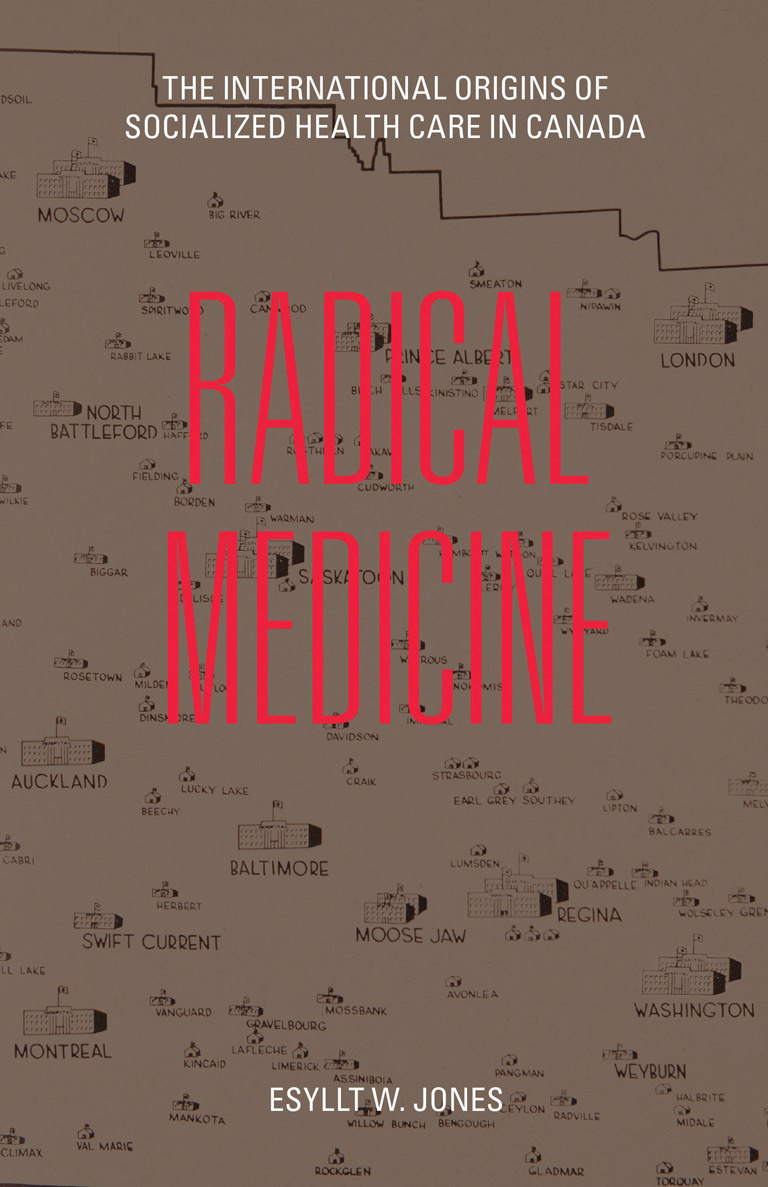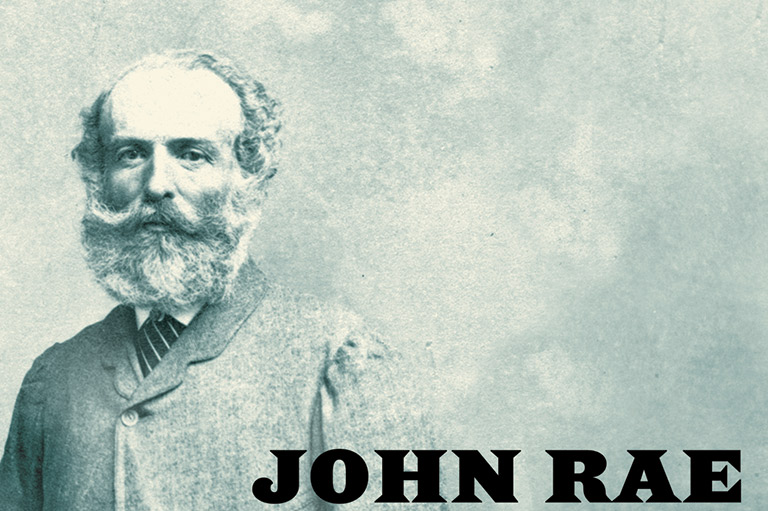Radical Medicine

Radical Medicine: The International Origins of Socialized Health Care in Canada
by Esyllt W. Jones
ARP Books,
379 pages, $28
Too often, argues Esyllt Jones, the history of Canada’s health care system has been written to fit a patriotic narrative — medicare as an extraordinary nationalist achievement and a touchstone of Canadian identity. But that is a glib and distorted view of how we landed up with the health care we have today, the University of Manitoba history professor writes in Radical Medicine. Moreover, today’s health services are a third-rate version of what Canadian reformers originally hoped to achieve.
Jones traces the development of medicare in Canada from its origins within a much larger international phenomenon: the acknowledgement within industrialized countries in the early twentieth century that the state should take some responsibility for the health of its citizens. Champions for state intervention in health care throughout Europe and North America were captivated by what was happening in post-revolution Russia. Soviet government officials explained to eager visitors that their health initiatives were part of the larger political project: a socialized health care system that put as much emphasis on preventive care (improved diet and sanitation) and the elimination of inequality as it did on medical services.
Admirers of Soviet initiatives, particularly their community health clinics, included not only leading British socialists Beatrice and Sidney Webb but also Canadians Norman Bethune and Frederick Banting, as well as Henry Sigerist, a Swiss professor of medical history who advocated for socialized medicine in both the United States and Canada. Jones acknowledges that many of these reformers were naive in their assessments of life for most Soviet citizens, but they saw Soviet developments in health care as a set of health care policies from which the West could learn.
These reformers were oblivious to the incompatibility between the level of state control in Russia and the liberal values of the West. Banting appears here as particularly guileless. On his return from a trip to Moscow in 1935, he told Britain’s Daily Mail, “There is ... more freedom in Russia than anywhere else in the world — and I’ve been all over the world.”
The Soviet model of “polyclinics,” in which salaried professionals offered a range of health services, was enthusiastically adopted by Britain’s Labour Party health reformers. Labour-led London boroughs built landmark health centres in the 1930s, of which the best known is the Finsbury Health Centre. (Finsbury also erected a monument to Lenin.)
The movement towards universally accessible health care, regardless of a patient’s economic status, gathered strength on both sides of the Atlan- tic. In Saskatchewan, organizations as varied as the Wheat Pool, the Teachers’ Federation, and the Federation of Labour, along with homemakers clubs and rural municipalities, endorsed the call for “the socialization of the medical structure of the Province.” They pushed for a regional network of similar centres.
So why did Saskatchewan — and, in time, the rest of Canada — end up not with this radical solution but with a hospitalization insurance system that skewed government-funded services away from prevention and holistic care? Jones explores (sometimes in agonizing detail) the various political debates leading up to Premier Tommy Douglas’s 1946 Hospitalization Act. She suggests that the Douglas government simply didn’t have the stomach to embrace the more radical alternative, particularly (but not only) because of opposition from the medical profession.
Our current model of health care is built on a “private practice, public payment” system, in the words of medical historian and physician David Naylor. This has not achieved the health equity that Jones argues might have been possible.
Jones is as idealistic as many of the left-wing activists she profiles in this volume. However, she does not ignore the blinkered approach of many of Saskatchewan’s “red” reformers, pointing out that they largely ignored the desperate health status of the Indigenous communities in the North of the province.
Themes associated with this article
Advertisement




